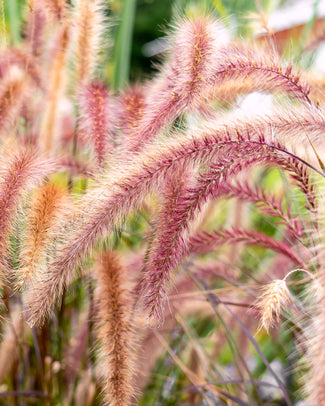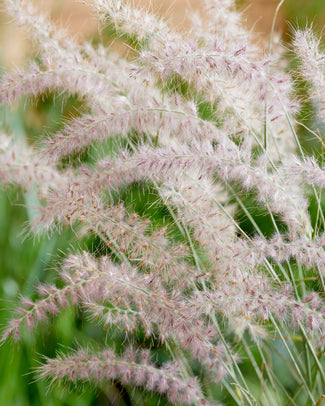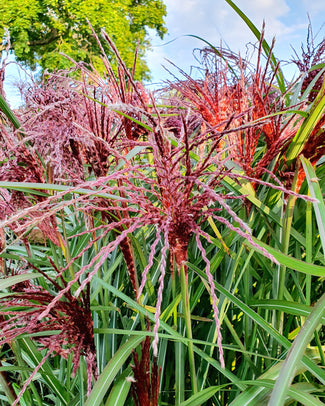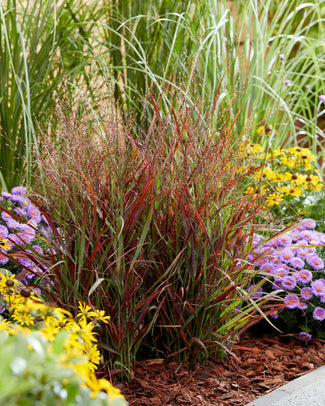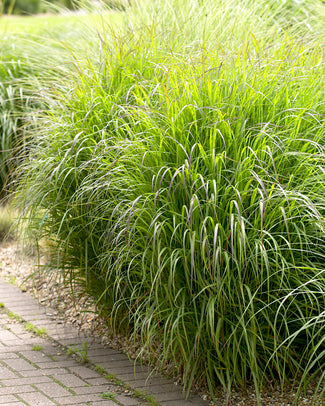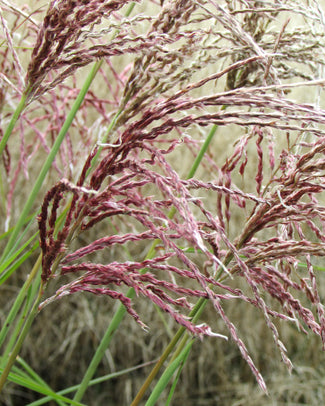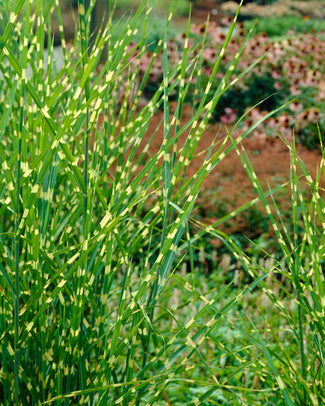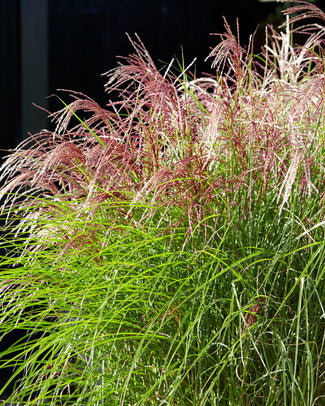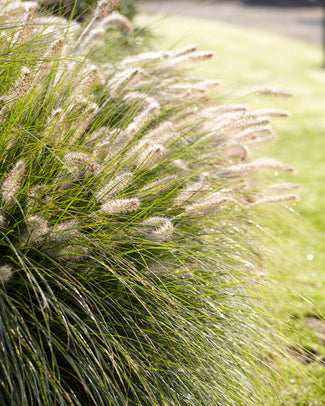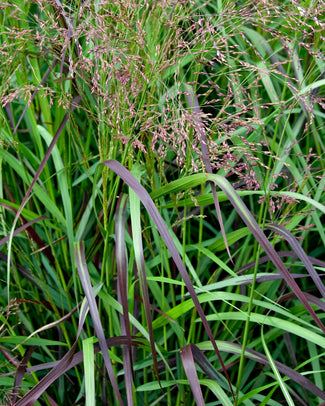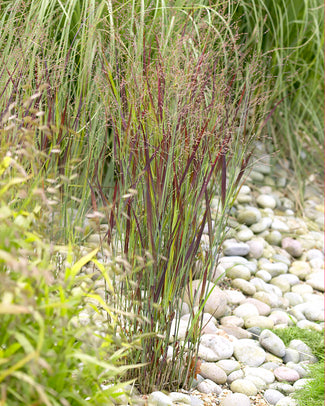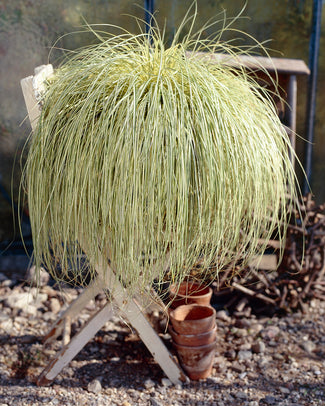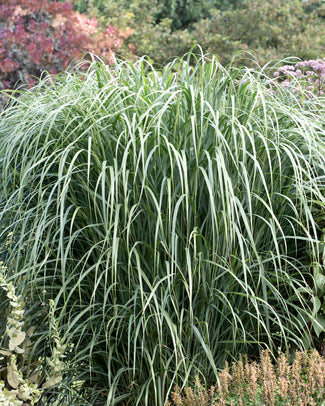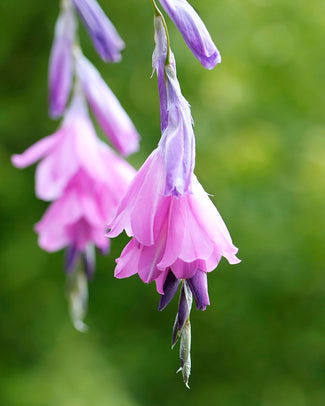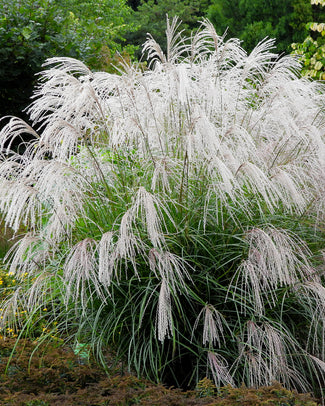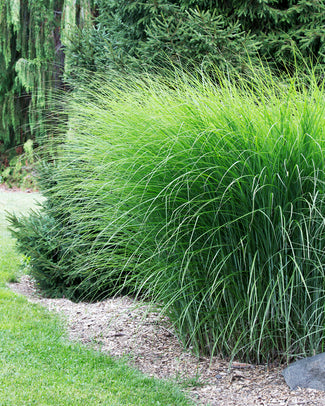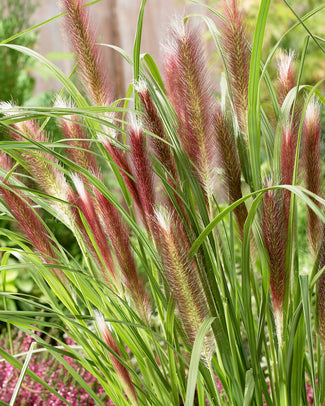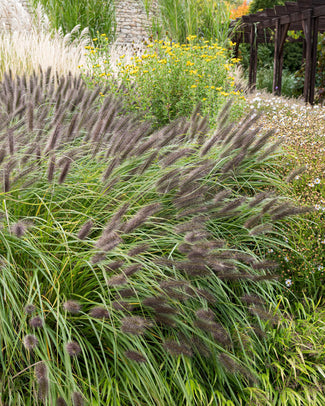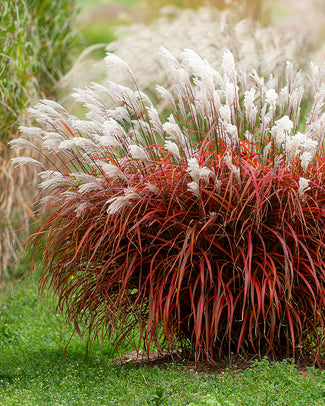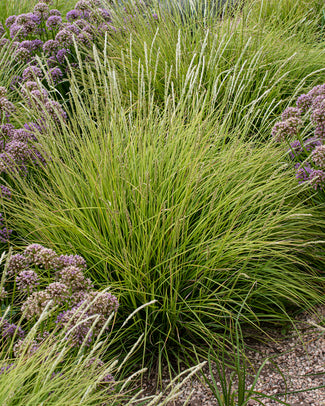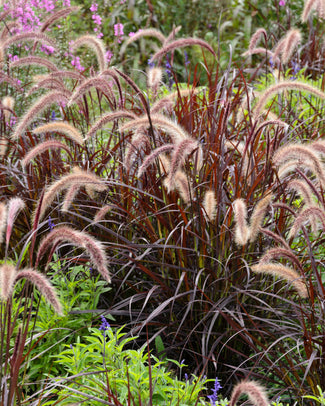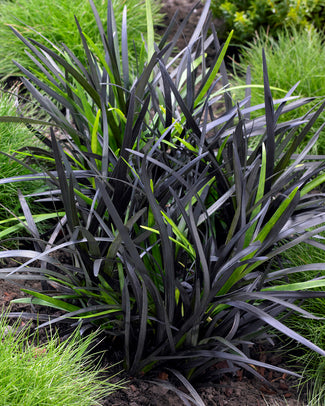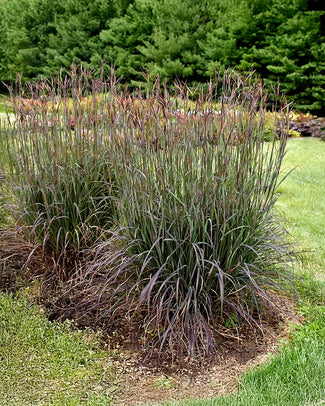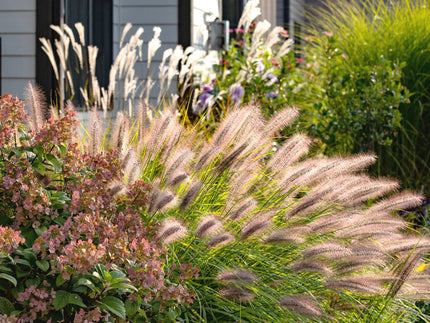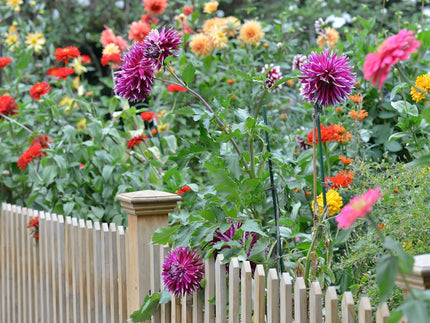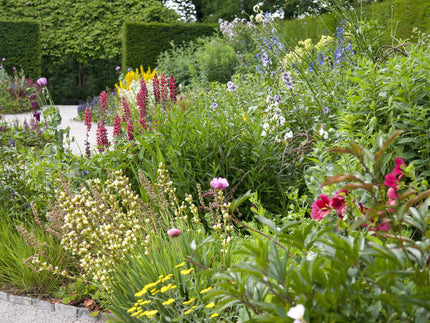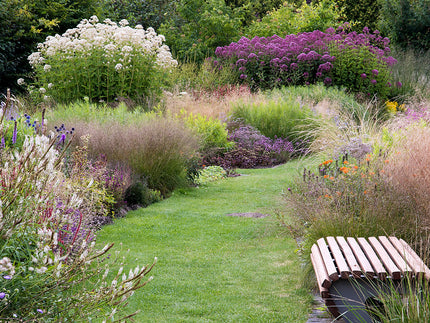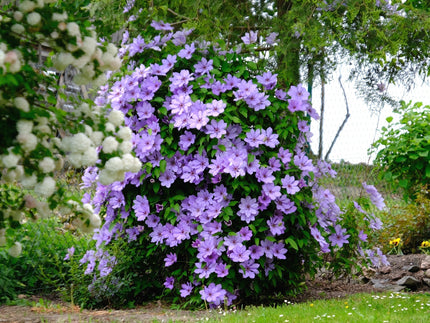How to plant Ophiopogon
This group of evergreen perennials are part of the Lily family and are related to Convallaria – although they have a much more distinctive grass like appearance, which is their appeal. Often used as ground cover, this clump forming perennial is fully hardy and can be grown in full sun, partial shade or even full shade. It isn’t fussy about soil type, tolerating clay soils, sandy soils and rich loamy soils. This useful little plant can be used under shrubs and trees for ground cover or to create a striking contrast, as well as in pots for a modern or edgy feel.
How to plant
- Plant Ophiopogon in spring between February and May, ideally within a week of delivery.
- Soak the roots in water for 3-6 hours prior to planting. Pot into temporary 2 litre (or 15-20cm diameter) pots, using a good quality multi-purpose compost.
- Plant with the roots submerged and with the top of the root system/crown with buds just level with the soil surface. Any shoots which have emerged already should be left exposed about the soil surface.
- Grow them on in a sheltered spot outside. They can be transplanted to suitable growing positions after 2-4 months or once growth is established and the plants easily come out of the temporary pots with the soil held intact by the roots. It is best to wait until roots are visible from the drainage holes in the pot before planting out into your border.
- When they’re ready to plant into the garden, choose a position with moist but well-drained soil. Dig over the area first and remove any weeds.
- As with all young plants, monitor your new plantings for pest damage and remove any excess growth from neighbouring plants in the border to reduce competition.
- This perennial is fully hardy and does not require winter protection.
- Water-in after planting and keep hydrated when in growth, particularly during the first year. Once fully settled in, they can cope well with dry conditions.
Aftercare
- These low-maintenance plants are fairly self-sufficient once they’re settled in. They provide year-round interest with their foliage, however they may need tidying from time to time by removing any leaves which have started to die back or lost their colour
- Ophiopogon forms a clump over time and growth can become congested. In autumn or early spring, you can lift and split clumps and re-plant them further apart from one another, or use the additional sections in other areas of the garden.
- Mulching around them in winter or early spring helps to nourish them and improve the soil structure. The black varieties will have a better colour in sunnier positions, and may become green in deeper shade.
































































































































































































